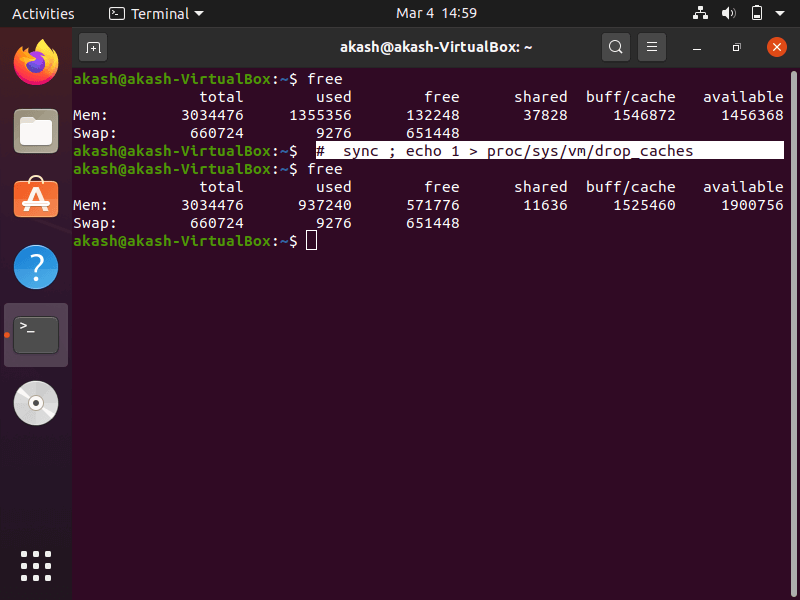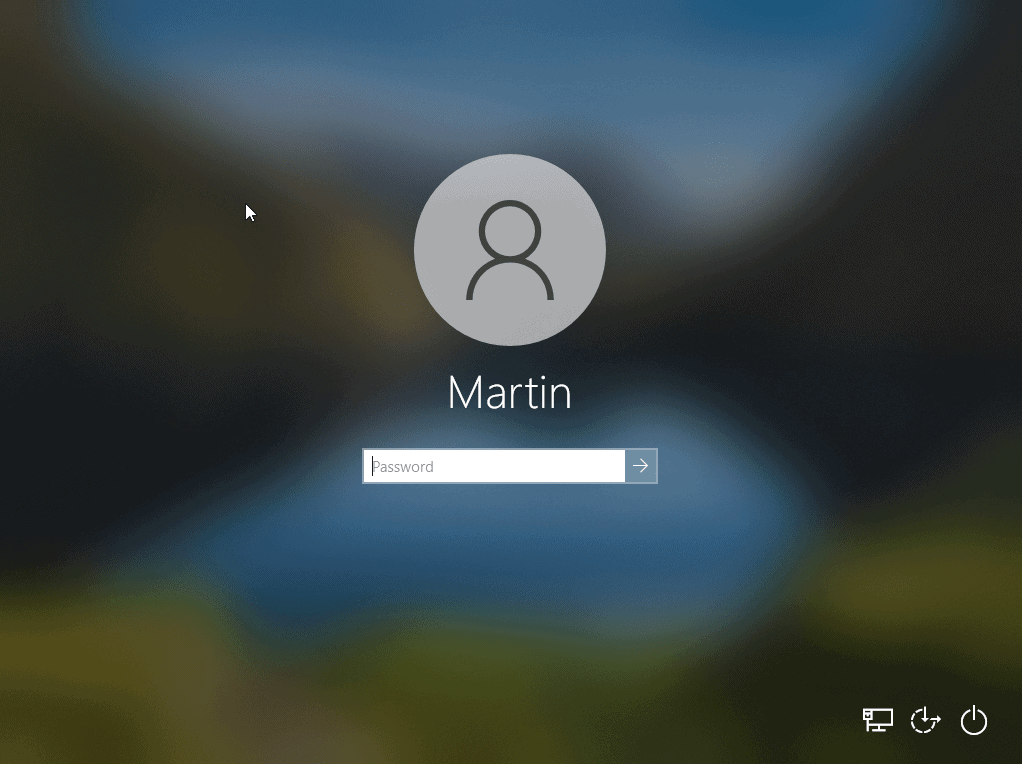Out Of This World Tips About How To Clear Network Logon Cache
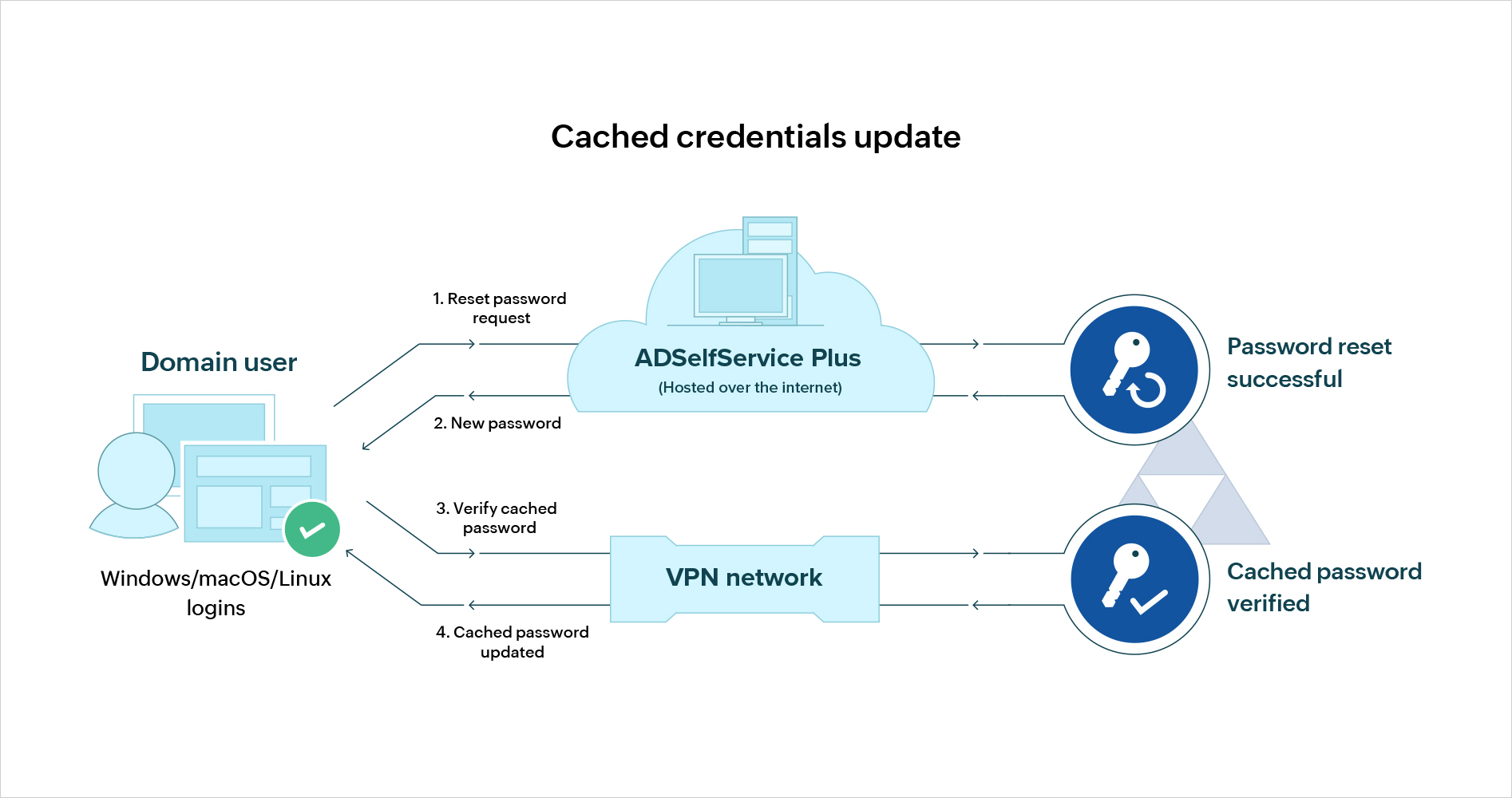
Open an elevated command prompt window (or powershell) and enter the following commands:
How to clear network logon cache. Windows key > control panel > user accounts > manage your credentials > windows credentials > remove server credentials. Windows how to clear your pc's cache in windows 10 by marshall gunnell updated aug 19, 2023 if you need to troubleshoot windows 10, improve system. Tapping clear cache will immediately delete the cache, but clear data brings up a.
Open the control panel step 2: How to clear network logon cache 1. I can't do it as i have medium integrity.
Nonetheless, this will open the registry editor, as. To clear your browser cache and cookies in microsoft edge, go to settings > privacy > clear browsing data and select ctrl+shift+del. 81 the utility to delete cached credentials is hard to find.
I found the stored credentials and deleted them. 4 answers sorted by: But you may need to.
There are several ways to get a command prompt, but the fastest way is to use the keyboard shortcut windows key + r and then type cmd. On windows 8/10, these are found in : These are called network passwords and don't actually belong to finder.
I have accessed \\myshare and now i want to clear the cached password, so i am asked again for a password when connecting. 2) by using an elevated. Open a command prompt, or enter the.
It stores both certificate data and also user passwords. Number of previous logons to cache (in case domain controller is not available). Do not allow storage of passwords and credentials for network authentication.
Thankfully it is quite easy to reset everything back to how it should be. From the windows search box, type “regedit.exe” to launch the windows registry editor as shown below. At the bottom of storage, you get separate options to clear cache and clear data.
You already logged in once so you'll need to delete the cached credentials. Open windows explorer, and then navigate to the %systemroot% folder. Access credential manager in the control panel window, locate the user accounts or user accounts and family safety.
Login information that you use to log in to other computers for network shares is stored in windows 's credential manager and cached in applications such as file manager. You'll probably find them in your login keychain if you have a closer look (you can also. To clear cache memory, you can do this:
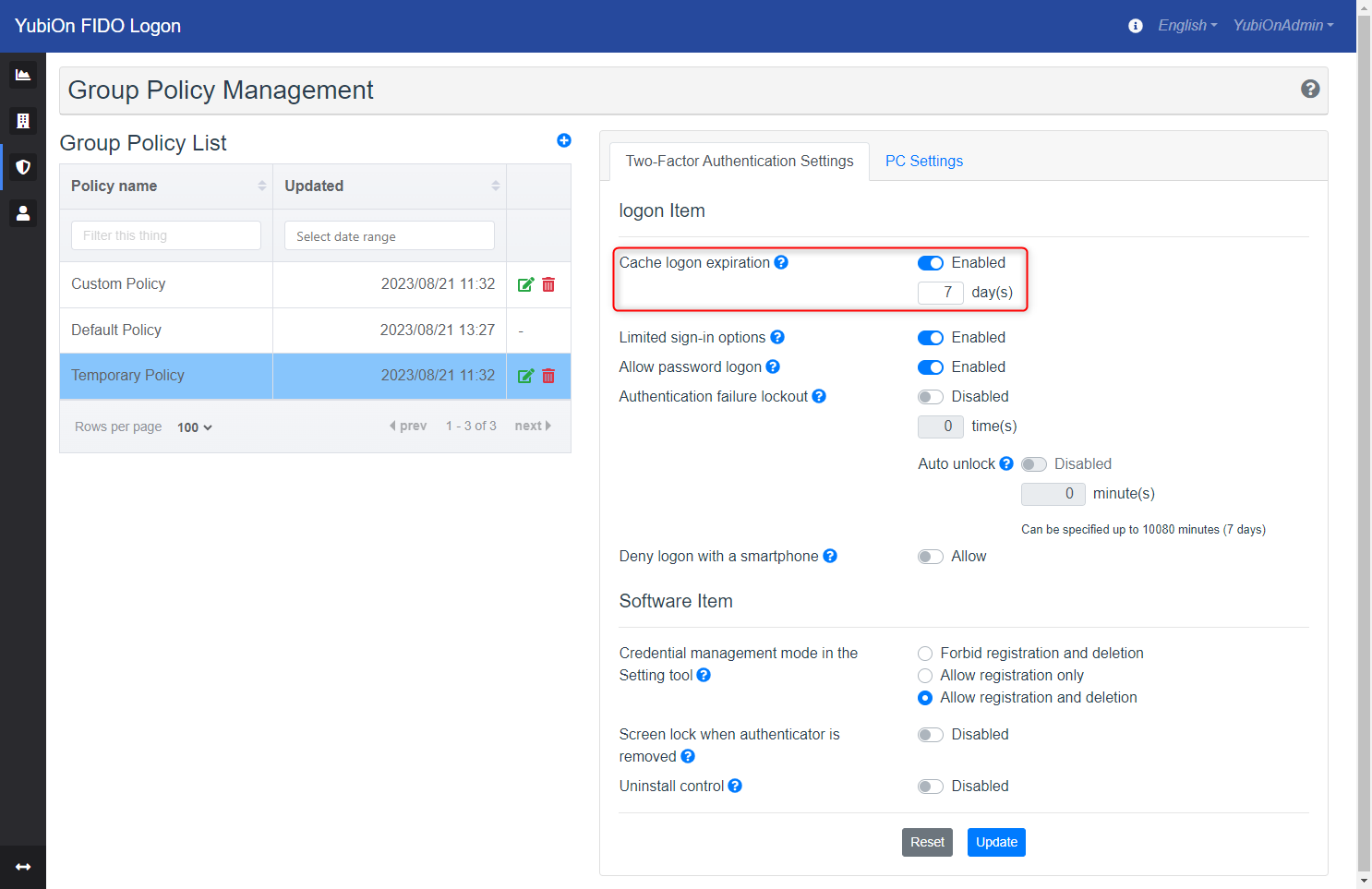


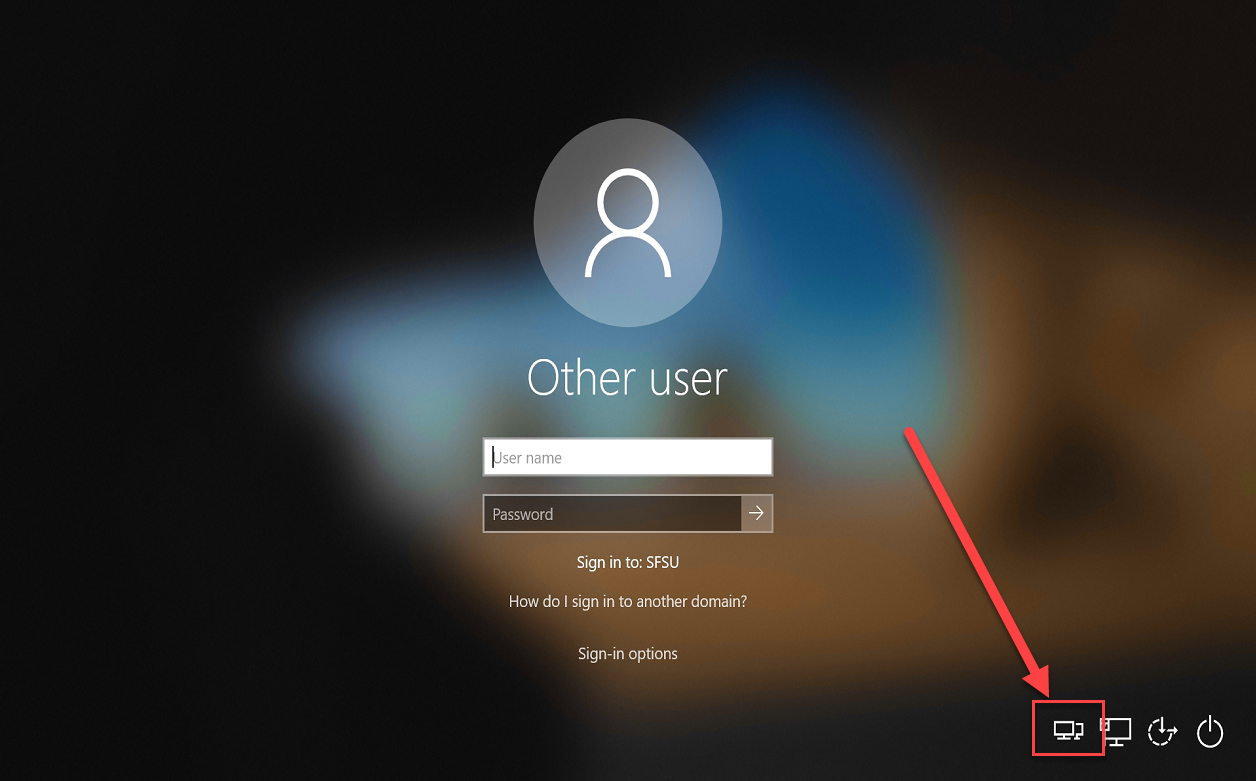

:max_bytes(150000):strip_icc()/internet-explorer-clear-cache-5ade3167c06471003700d263.png)







